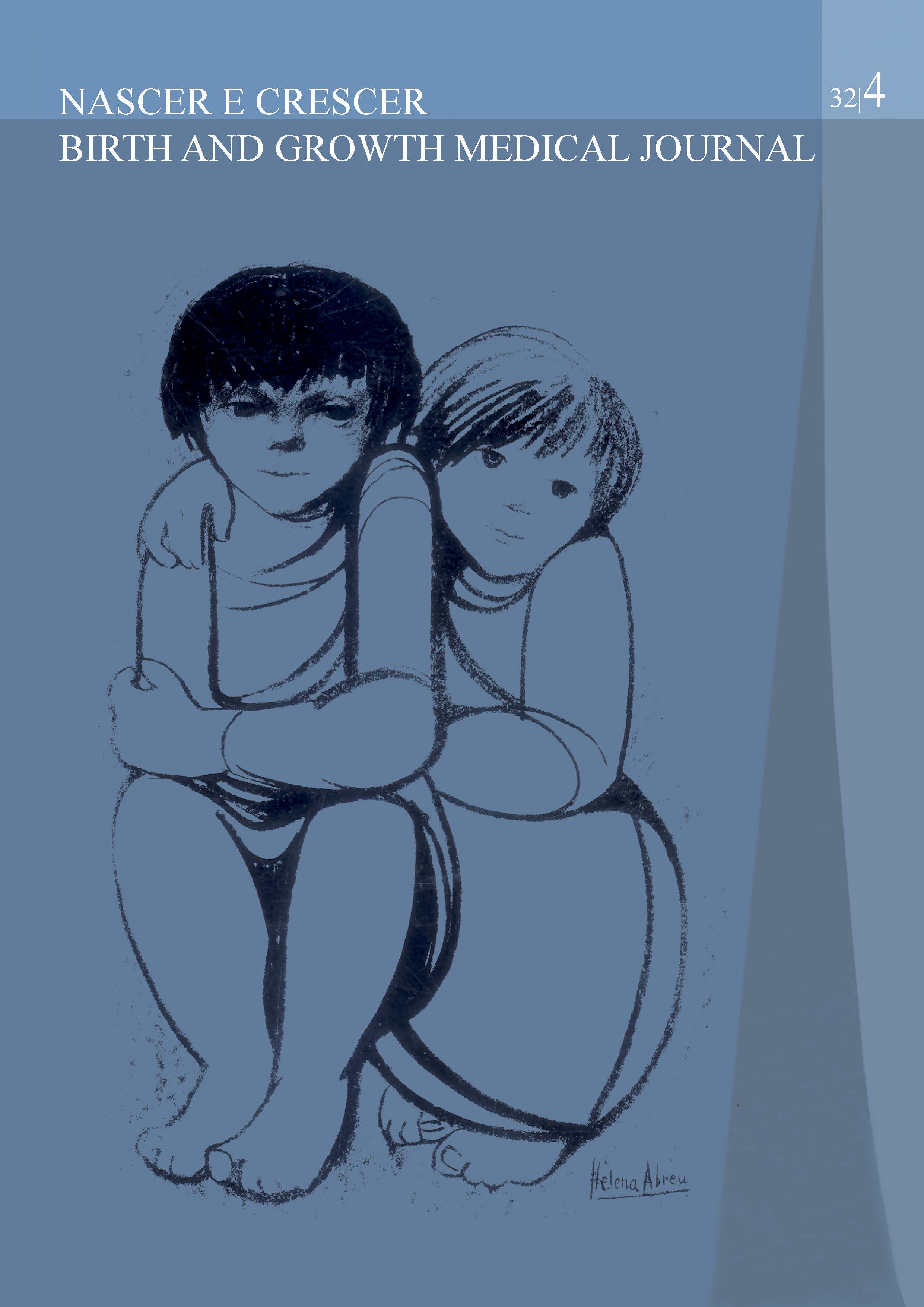Classic pertussis infection in a two-year-old child with complete primary immunization
DOI:
https://doi.org/10.25753/BirthGrowthMJ.v32.i4.26495Keywords:
Bordetella pertussis, complete primary immunization, inspiratory whoop, paroxysms of coughing, pertussis infectionAbstract
Pertussis infection, or "whooping cough," is a highly contagious but vaccine-preventable respiratory disease caused by Bordetella pertussis. It can affect people of all ages, but is usually more severe in young infants. Despite high vaccination coverage worldwide, this infection remains a problem. Pertussis infection is spread by aerosolized droplets and the clinical presentation can vary with age and immunity. The classic presentation includes cough paroxysms, inspiratory whoop, and post-tussive vomiting. Laboratory confirmation is not necessary for diagnosis and should not delay treatment.
The authors present the case of a healthy two-year-old girl with a one-month history of dry paroxysmal cough with inspiratory whoop who was admitted to the Emergency Department for loss of consciousness during a coughing episode.
This case is intended to raise awareness of severe, life-threatening pertussis infection in children with complete primary immunization who present with respiratory symptoms consistent with this infection.
Downloads
References
Mattoo S, Cherry JD. Molecular pathogenesis, epidemiology, and clinical manifestations of respiratory infections due to Bordetella pertussis and other Bordetella subspecies. Clin Microbiol Rev. 2005 Apr;18(2):326-82.
Pertussis vaccines: WHO position paper - September 2015. Wkly Epidemiol Rec. 2015 Aug 28;90(35):433-58.
World Health Organization (WHO). Health topics - Pertussis. Available at: https://www.who.int/health-topics/pertussis#tab=tab_1 (Accessed on July 2022).
Gama de Sousa S, Barros H. Pertussis in Portugal - time for a new strategy. Rev Port Pneumol. 2010 Jul-Aug;16(4):573-88.
Centers for Disease Control and Prevention (CDC). Pertussis (whooping cough): Causes and how it spreads. Available at: https://www.cdc.gov/pertussis/about/causes-transmission.html. (Accessed on July 2022).
Mbayei SA, Faulkner A, Miner C, Edge K, Cruz V, Peña SA, et al. Severe Pertussis Infections in the United States, 2011-2015. Clin Infect Dis. 2019 Jul 2;69(2):218-226.
Centers for Disease Control and Prevention (CDC). Pertussis (whooping cough). Diagnosis and treatment. Available at: (Accessed on January 2021).
World Health Organization (WHO). Laboratory Manual for the diagnosis of Whooping Cough caused by Bordetella pertussis/ Bordetella parapertussis Update 2014. Available at: https://apps.who.int/iris/bitstream/handle/10665/127891/WHO_IVB_14.03_eng.pdf?sequence=1&isAllowed=y (Accessed on January 2021).
Tiwari T, Murphy TV, Moran J; National Immunization Program, CDC. Recommended antimicrobial agents for the treatment and postexposure prophylaxis of pertussis: 2005 CDC Guidelines. MMWR Recomm Rep. 2005 Dec 9;54(RR-14):1-16.
Cherry JD. The science and fiction of the “resurgence” of pertussis. Pediatrics. 2003 Aug;112(2):405-6.
Pertussis vaccines: WHO position paper - September 2015. Wkly Epidemiol Rec. 2015 Aug 28;90(35):433-58.
Altunaiji S, Kukuruzovic R, Curtis N, Massie J. Antibiotics for whooping cough (pertussis). Cochrane Database Syst Rev. 2007 Jul 18;(3):CD004404.
Centers for Disease Control and Prevention (CDC). Pertussis (whooping cough). Postexposure antimicrobial prophylaxis. Available at: https://www.cdc.gov/pertussis/pep.html (Accessed on July, 2022).
Pertussis vaccines: WHO position paper. Wkly Epidemiol Rec. 2010 Oct 1;85(40):385-400.
Shankar AG, Lee A, Reddy H, Seymour M. Bordetella pertussis infection in a child with completed primary immunization: A case report. Hum Vaccin Immunother. 2013 Feb;9(2):322-4.
Downloads
Published
How to Cite
Issue
Section
License
Copyright (c) 2024 Mariana Gaspar, Filipa Sutre, Celina Couto, Alexandra Gavino, Filipa Vilarinho, Aldina Lopes

This work is licensed under a Creative Commons Attribution-NonCommercial 4.0 International License.
Copyright and Authors' Rights
All articles published in Nascer e Crescer - Birth and Growth Medical Journal are Open Access and comply with the requirements of funding agencies or academic institutions. For use by third parties, Nascer e Crescer - Birth and Growth Medical Journal adheres to the terms of the Creative Commons License "Attribution - Non-Commercial Use (CC-BY-NC)".
It is the author's responsibility to obtain permission to reproduce figures, tables, etc. from other publications.
Authors must submit a Conflict of Interest statement and an Authorship Form with the submission of the article. An e-mail will be sent to the corresponding author confirming receipt of the manuscript.
Authors are permitted to make their articles available in repositories at their home institutions, provided that they always indicate where the articles were published and adhere to the terms of the Creative Commons license.


